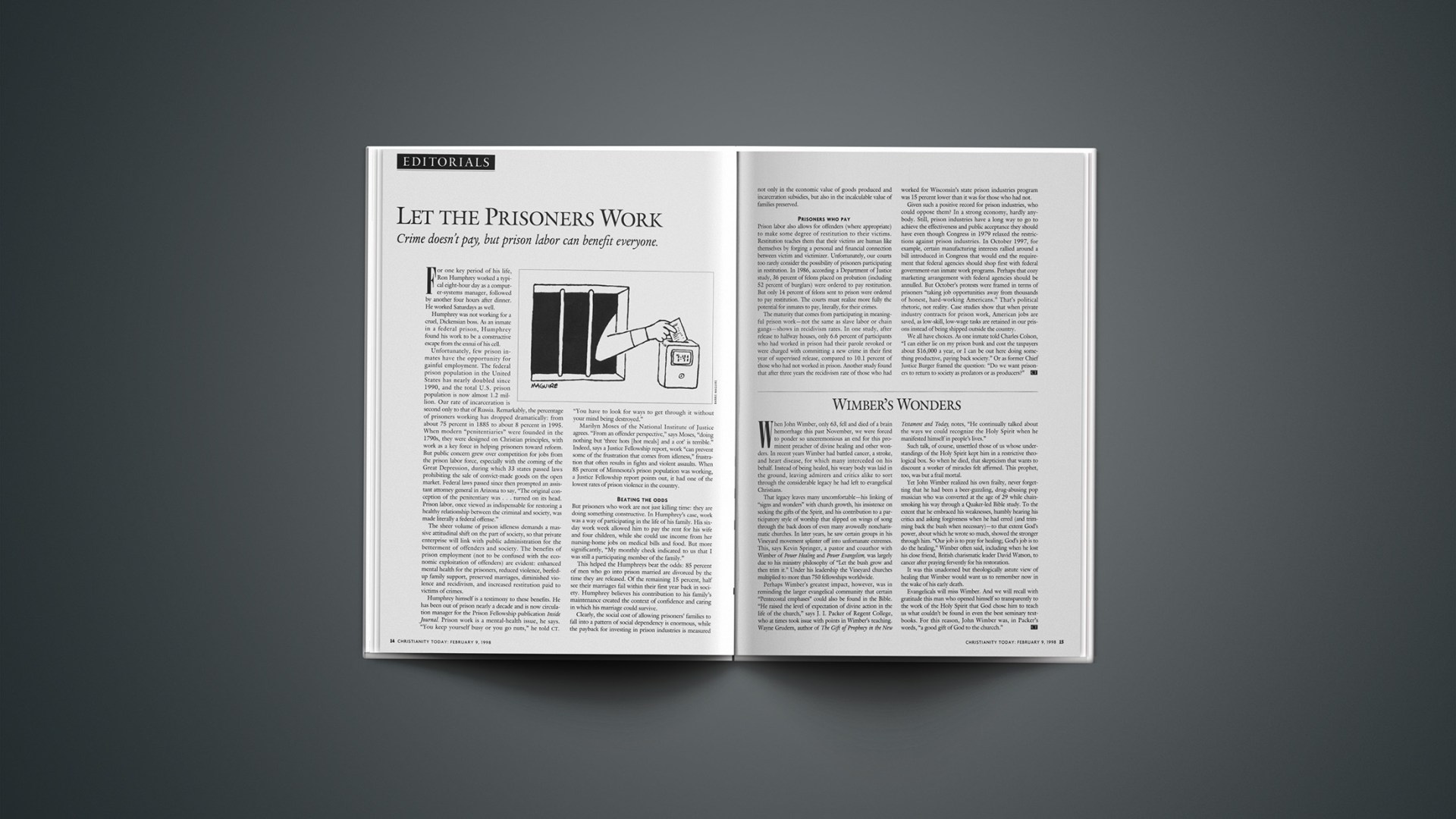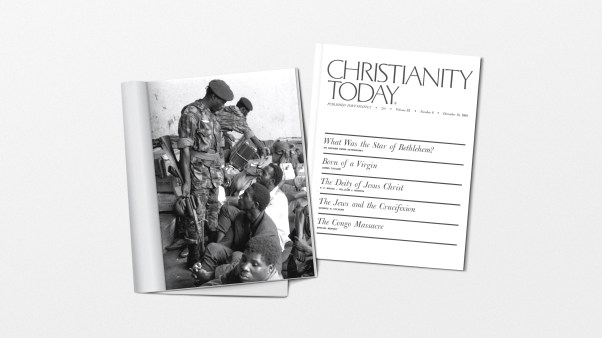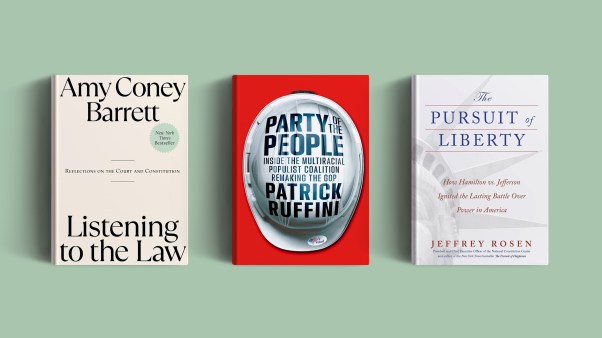For one key period of his life, Ron Humphrey worked a typical eight-hour day as a computer-systems manager, followed by another four hours after dinner. He worked Saturdays as well.
Humphrey was not working for a cruel, Dickensian boss. As an inmate in a federal prison, Humphrey found his work to be a constructive escape from the ennui of his cell.
Unfortunately, few prison inmates have the opportunity for gainful employment. The federal prison population in the United States has nearly doubled since 1990, and the total U.S. prison population is now almost 1.2 million. Our rate of incarceration is second only to that of Russia. Remarkably, the percentage of prisoners working has dropped dramatically: from about 75 percent in 1885 to about 8 percent in 1995. When modern “penitentiaries” were founded in the 1790s, they were designed on Christian principles, with work as a key force in helping prisoners toward reform. But public concern grew over competition for jobs from the prison labor force, especially with the coming of the Great Depression, during which 33 states passed laws prohibiting the sale of convict-made goods on the open market. Federal laws passed since then prompted an assistant attorney general in Arizona to say, “The original conception of the penitentiary was … turned on its head. Prison labor, once viewed as indispensable for restoring a healthy relationship between the criminal and society, was made literally a federal offense.”
The sheer volume of prison idleness demands a massive attitudinal shift on the part of society, so that private enterprise will link with public administration for the betterment of offenders and society. The benefits of prison employment (not to be confused with the economic exploitation of offenders) are evident: enhanced mental health for the prisoners, reduced violence, beefed-up family support, preserved marriages, diminished violence and recidivism, and increased restitution paid to victims of crimes.
Humphrey himself is a testimony to these benefits. He has been out of prison nearly a decade and is now circulation manager for the Prison Fellowship publication Inside Journal. Prison work is a mental-health issue, he says. “You keep yourself busy or you go nuts,” he told CT. “You have to look for ways to get through it without your mind being destroyed.”
Marilyn Moses of the National Institute of Justice agrees. “From an offender perspective,” says Moses, “doing nothing but ‘three hots [hot meals] and a cot’ is terrible.” Indeed, says a Justice Fellowship report, work “can prevent some of the frustration that comes from idleness,” frustration that often results in fights and violent assaults. When 85 percent of Minnesota’s prison population was working, a Justice Fellowship report points out, it had one of the lowest rates of prison violence in the country.
BEATING THE ODDS But prisoners who work are not just killing time: they are doing something constructive. In Humphrey’s case, work was a way of participating in the life of his family. His six-day work week allowed him to pay the rent for his wife and four children, while she could use income from her nursing-home jobs on medical bills and food. But more significantly, “My monthly check indicated to us that I was still a participating member of the family.”
This helped the Humphreys beat the odds: 85 percent of men who go into prison married are divorced by the time they are released. Of the remaining 15 percent, half see their marriages fail within their first year back in society. Humphrey believes his contribution to his family’s maintenance created the context of confidence and caring in which his marriage could survive.
Clearly, the social cost of allowing prisoners’ families to fall into a pattern of social dependency is enormous, while the payback for investing in prison industries is measured not only in the economic value of goods produced and incarceration subsidies, but also in the incalculable value of families preserved.
PRISONERS WHO PAY Prison labor also allows for offenders (where appropriate) to make some degree of restitution to their victims. Restitution teaches them that their victims are human like themselves by forging a personal and financial connection between victim and victimizer. Unfortunately, our courts too rarely consider the possibility of prisoners participating in restitution. In 1986, according a Department of Justice study, 36 percent of felons placed on probation (including 52 percent of burglars) were ordered to pay restitution. But only 14 percent of felons sent to prison were ordered to pay restitution. The courts must realize more fully the potential for inmates to pay, literally, for their crimes.
The maturity that comes from participating in meaningful prison work—not the same as slave labor or chain gangs—shows in recidivism rates. In one study, after release to halfway houses, only 6.6 percent of participants who had worked in prison had their parole revoked or were charged with committing a new crime in their first year of supervised release, compared to 10.1 percent of those who had not worked in prison. Another study found that after three years the recidivism rate of those who had worked for Wisconsin’s state prison industries program was 15 percent lower than it was for those who had not.
Given such a positive record for prison industries, who could oppose them? In a strong economy, hardly anybody. Still, prison industries have a long way to go to achieve the effectiveness and public acceptance they should have even though Congress in 1979 relaxed the restrictions against prison industries. In October 1997, for example, certain manufacturing interests rallied around a bill introduced in Congress that would end the requirement that federal agencies should shop first with federal government-run inmate work programs. Perhaps that cozy marketing arrangement with federal agencies should be annulled. But October’s protests were framed in terms of prisoners “taking job opportunities away from thousands of honest, hard-working Americans.” That’s political rhetoric, not reality. Case studies show that when private industry contracts for prison work, American jobs are saved, as low-skill, low-wage tasks are retained in our prisons instead of being shipped outside the country.
We all have choices. As one inmate told Charles Colson, “I can either lie on my prison bunk and cost the taxpayers about $16,000 a year, or I can be out here doing something productive, paying back society.” Or as former Chief Justice Burger framed the question: “Do we want prisoners to return to society as predators or as producers?”
Copyright © 1998 Christianity Today. Click for reprint information.










